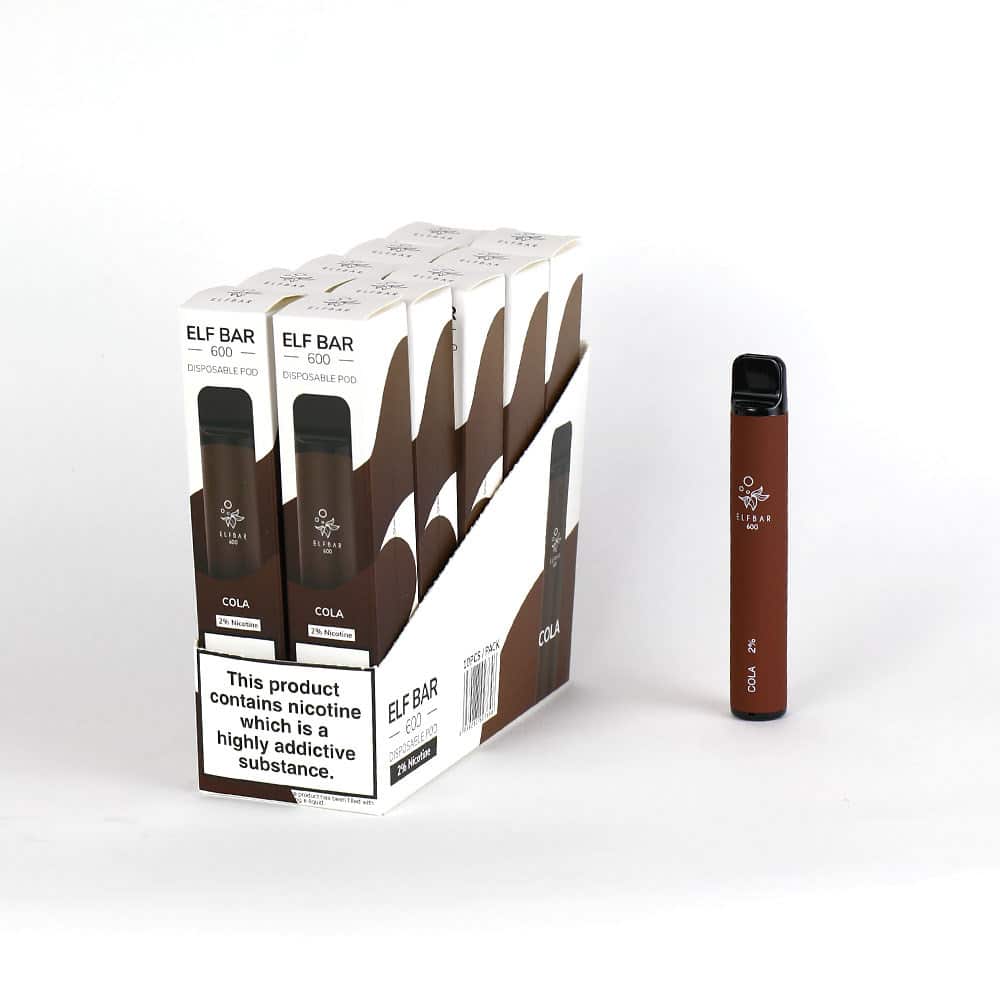To many people, using e-cigarettes is a no-brainer. They can be a huge help in enabling people to stop smoking cigarettes and thus improve their health.
However, there will always be naysayers, those who ignore the benefits being gained by those who get their vape juice legitimately and are able to wean themselves off the carcinogenic effects of cigarette smoke, and focus instead on concerns about children taking up vaping.
It is true that there has been a well-documented rise in the numbers of under-18s using e-cigarettes, with the latest survey providing this coming from NHS Digital. Given that this is actually illegal, there is good reason to be concerned. However, the broader data may show a more nuanced picture.
The survey is the latest in a series dating back to 1982 and during that time, smoking among under-16s went as high as 49 per cent in the 1990s before dropping as age restrictions on buying tobacco products were introduced Iin1996. Since then, the proportion of 15-year-olds smoking regularly has plunged from 30 per cent to three per cent.
In the case of the latest survey, the area of concern was the rise in vaping among the 11-15 range, with 21 per cent of girls aged 15 vaping in 2022, double the number in 2021 and a third more than the level among boys.
However, this remains well below the 1990s peak smoking levels and it may be noted that, illegal though vaping at that age may be, as vices go it has often taken the place of many other habits.
For instance, while 13 per cent of underage e-cigarette users have never smoked, that means most have and of course there is the possibility that without vapes being around, many of that 13 per cent might have succumbed to the cigarette temptation.
Moreover, the actual numbers of under-16s smoking have dropped. In 2018, just 12 per cent had never smoked, but in 2021 this was up to 16 per cent, while drug use is also down.
Dr Mike McKean, from the Royal College of Paediatrics and Child Health, has argued that the way to cut underage vaping involves changing packaging and names to reduce the appeal to youngsters. He claimed: “It is clear that children and young people are being targeted by e-cigarette companies with bright packaging, exotic flavours and enticing names”.
However, there is also the issue of access to consider. The NHS survey showed that three years ago, just 29 per cent of underage vapers obtained them from a shop, a figure that has almost doubled to 57 per cent now.
Changes to packaging and naming may have some impact, but perhaps less than a sterner crackdown on stores illegally selling products to those not old enough to use them. After all, it might be noted, lots of shops stock alcoholic drinks in bright labels, but that doesn’t mean they are habitually sold to minors.
Ultimately, the good news story about vaping remains for those trying to give up. This is so whatever the best solutions to concern about under-age use and illegal sales may be.


